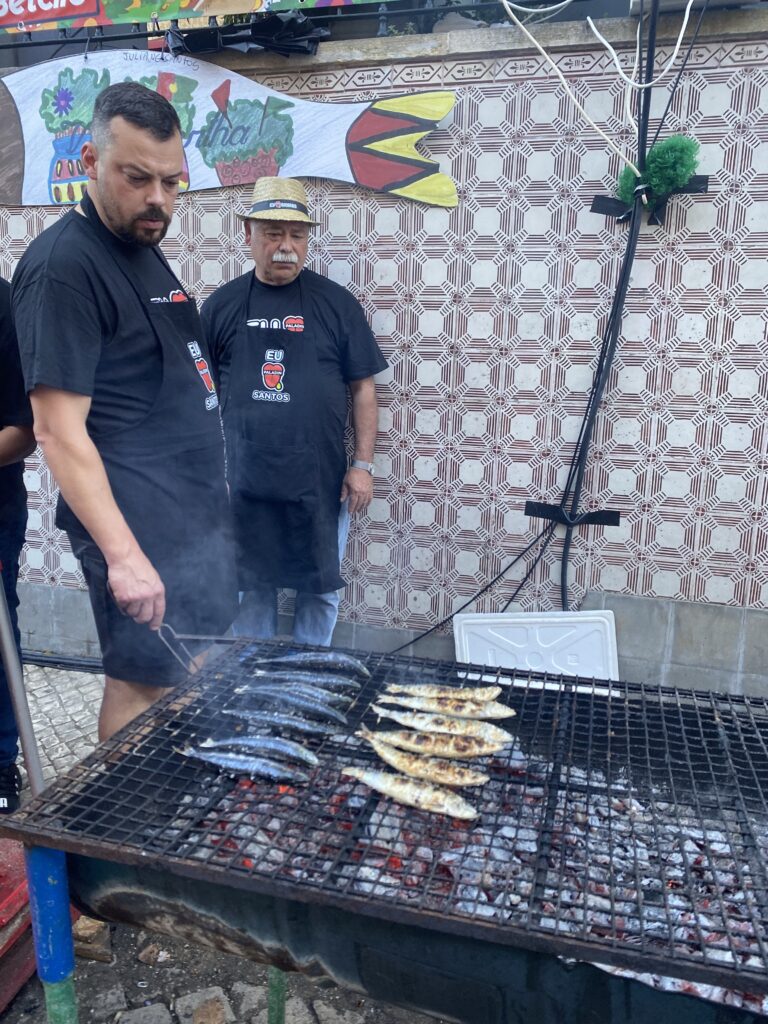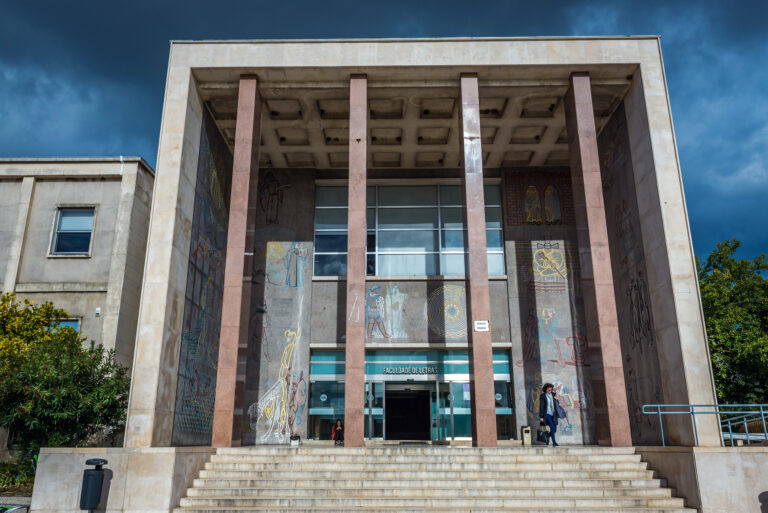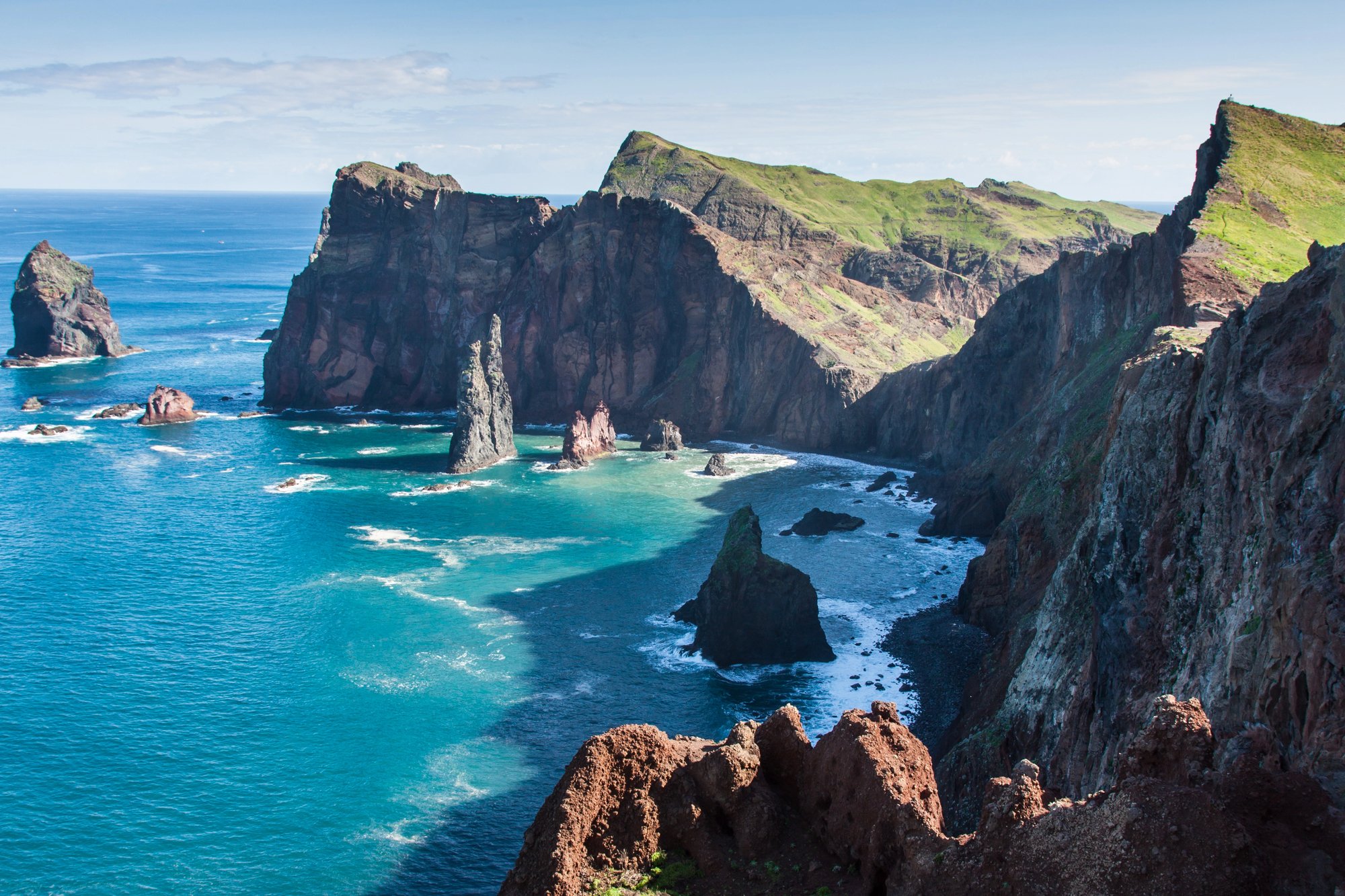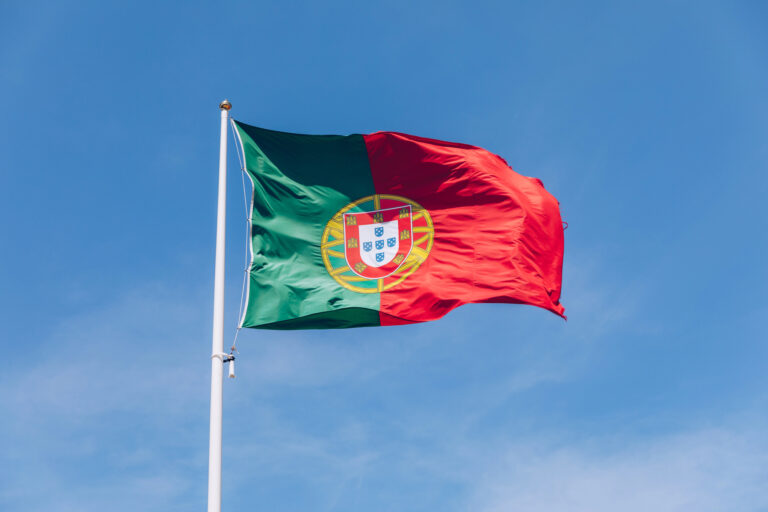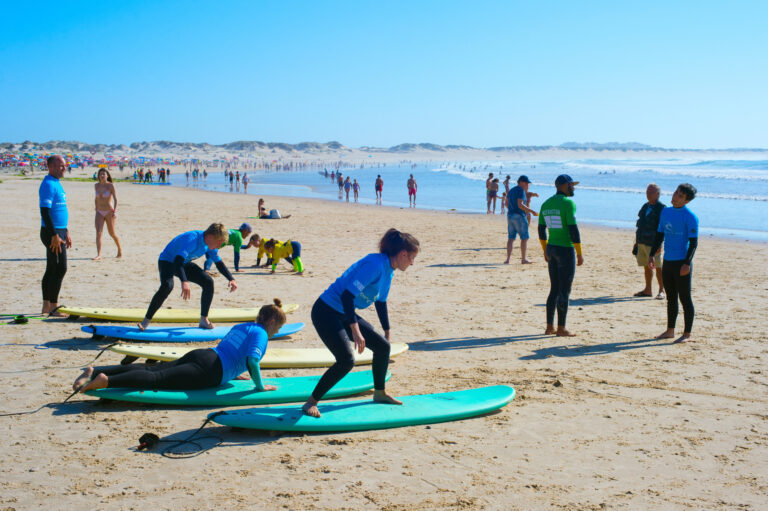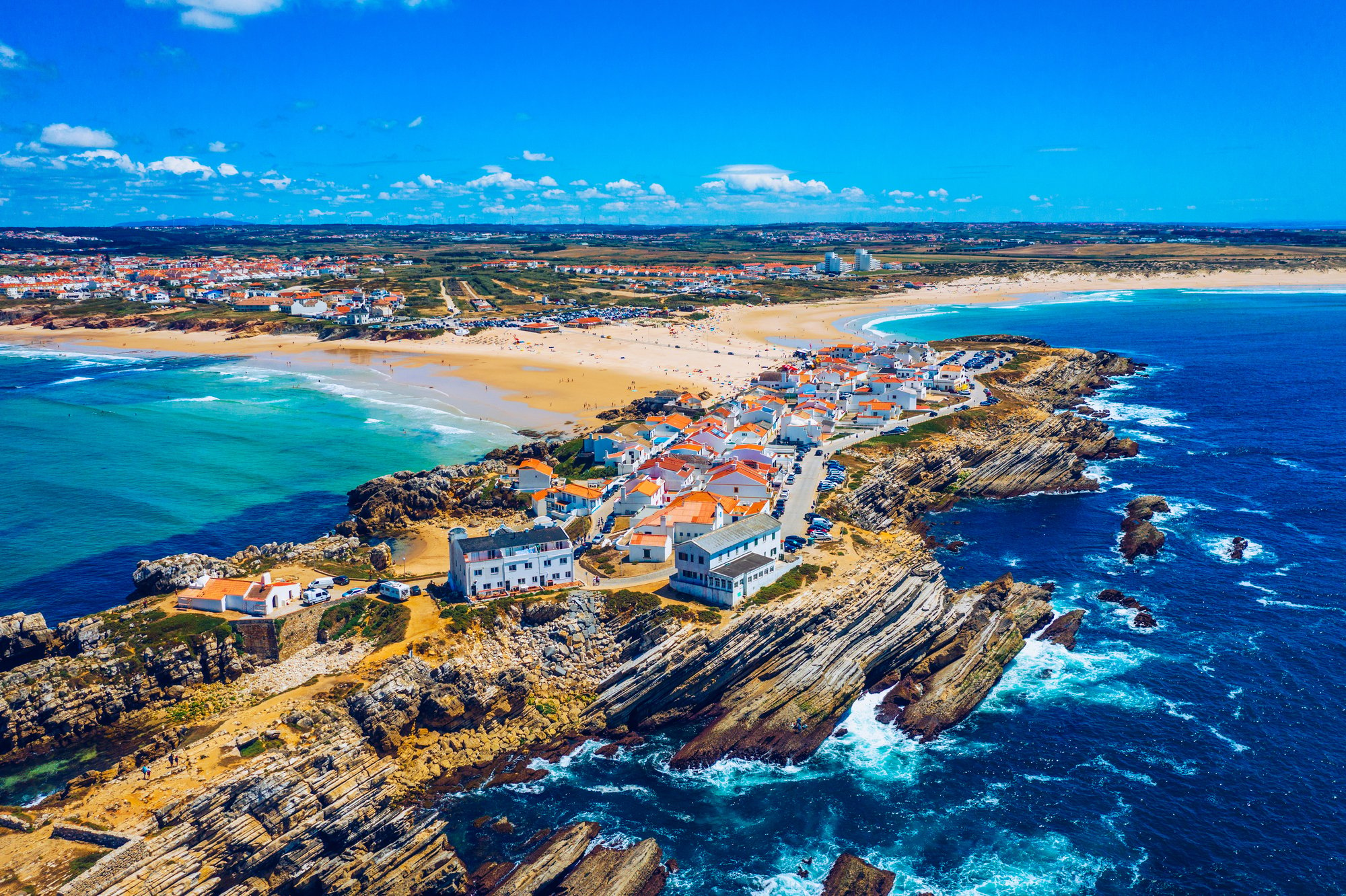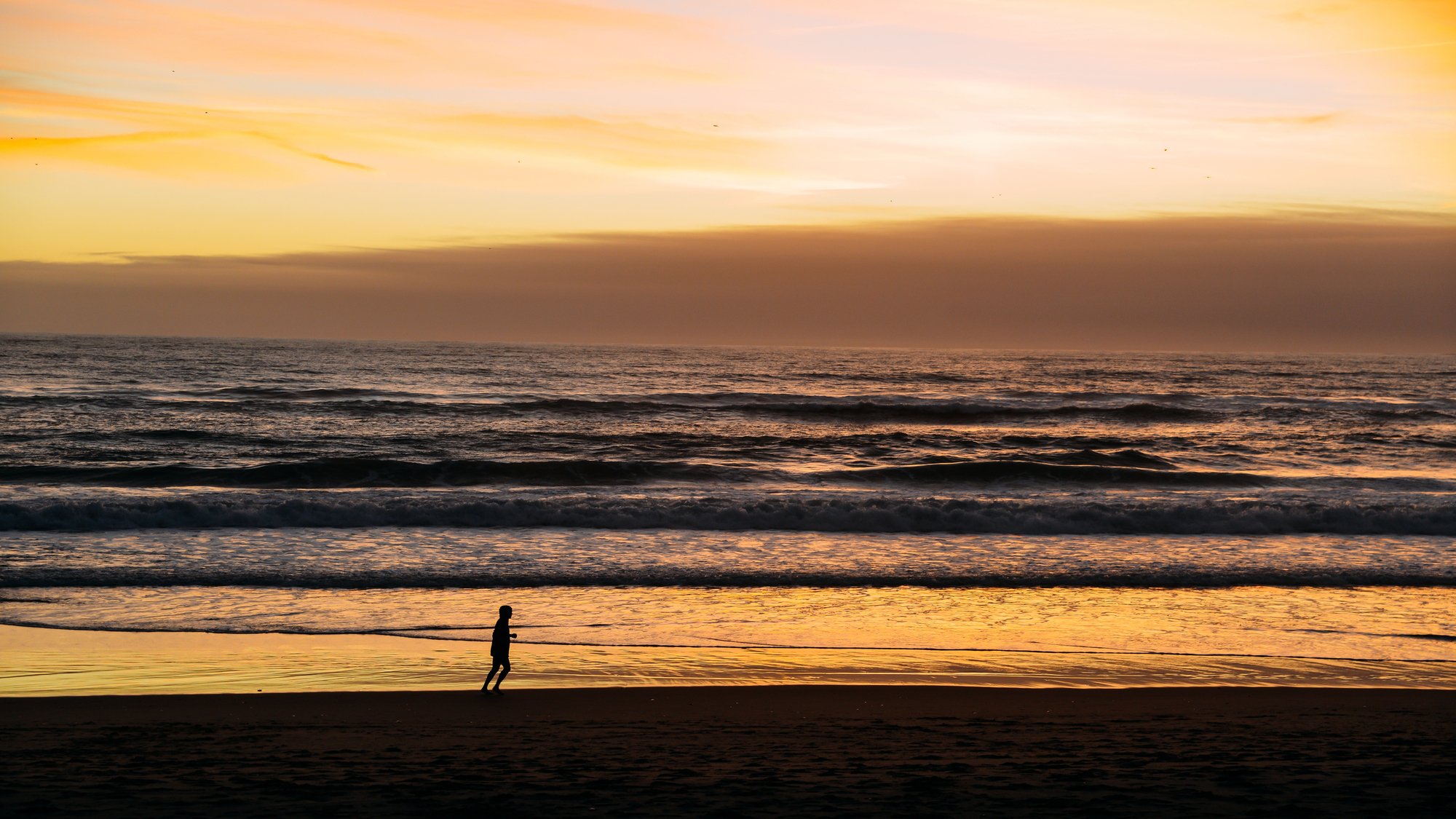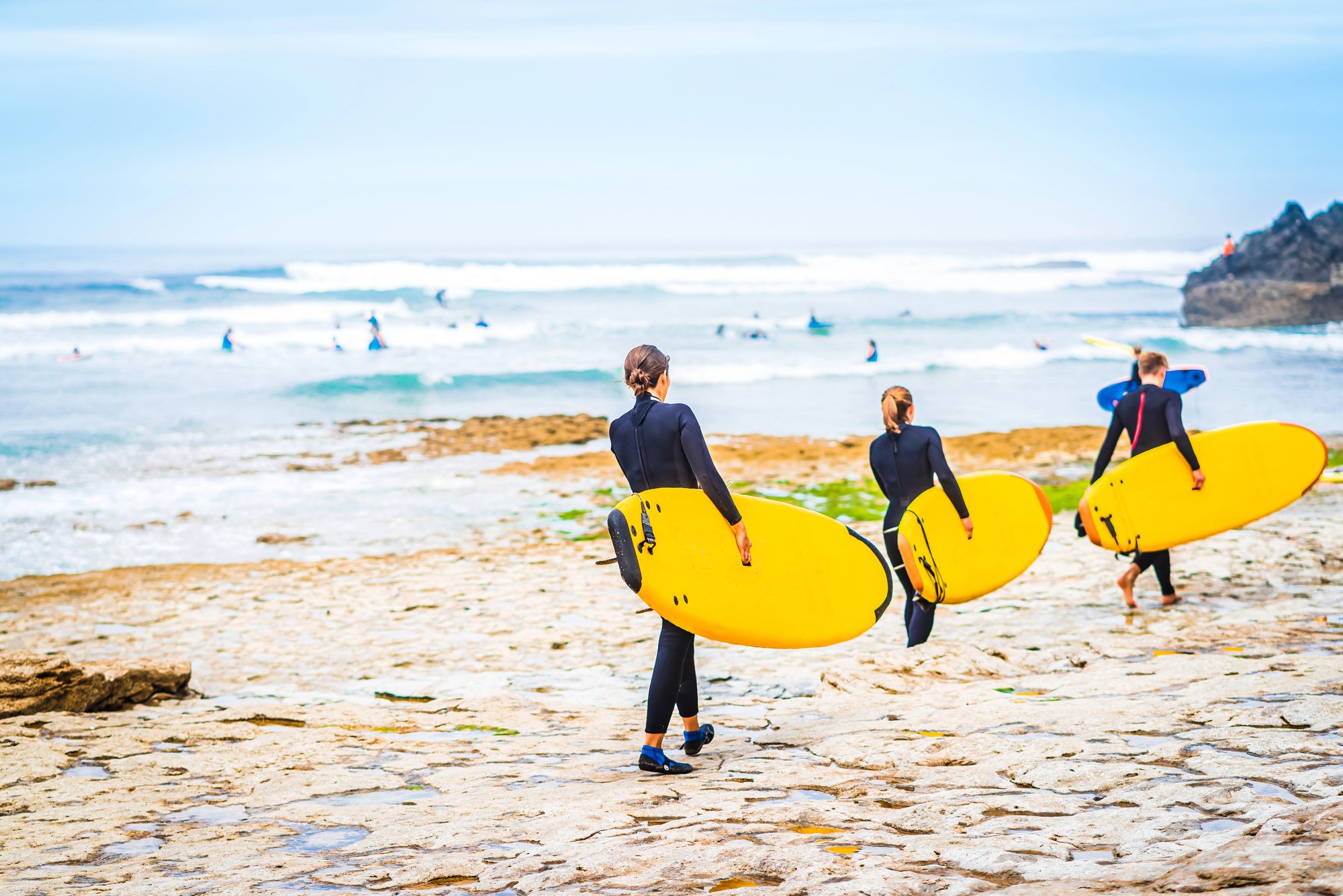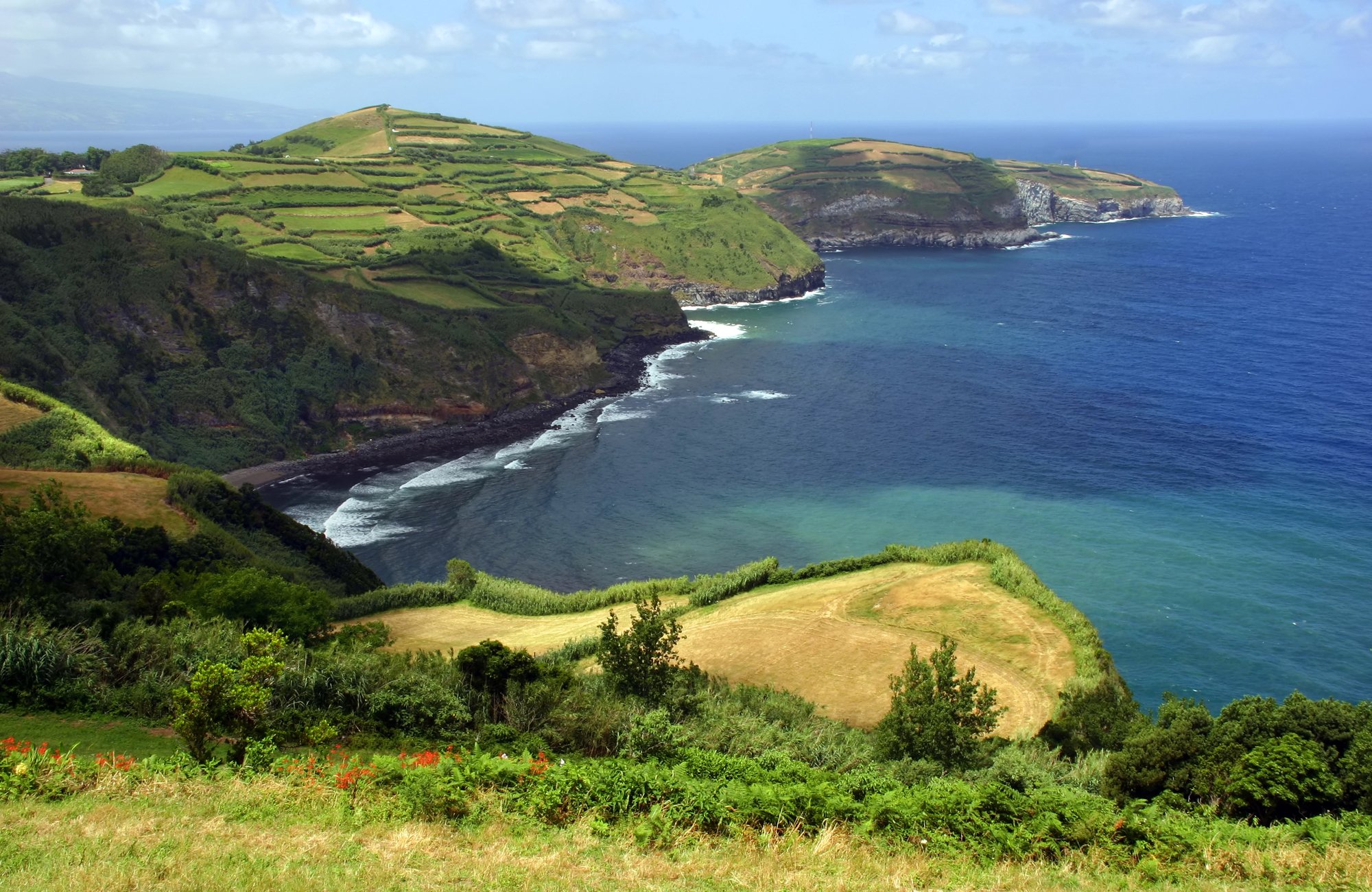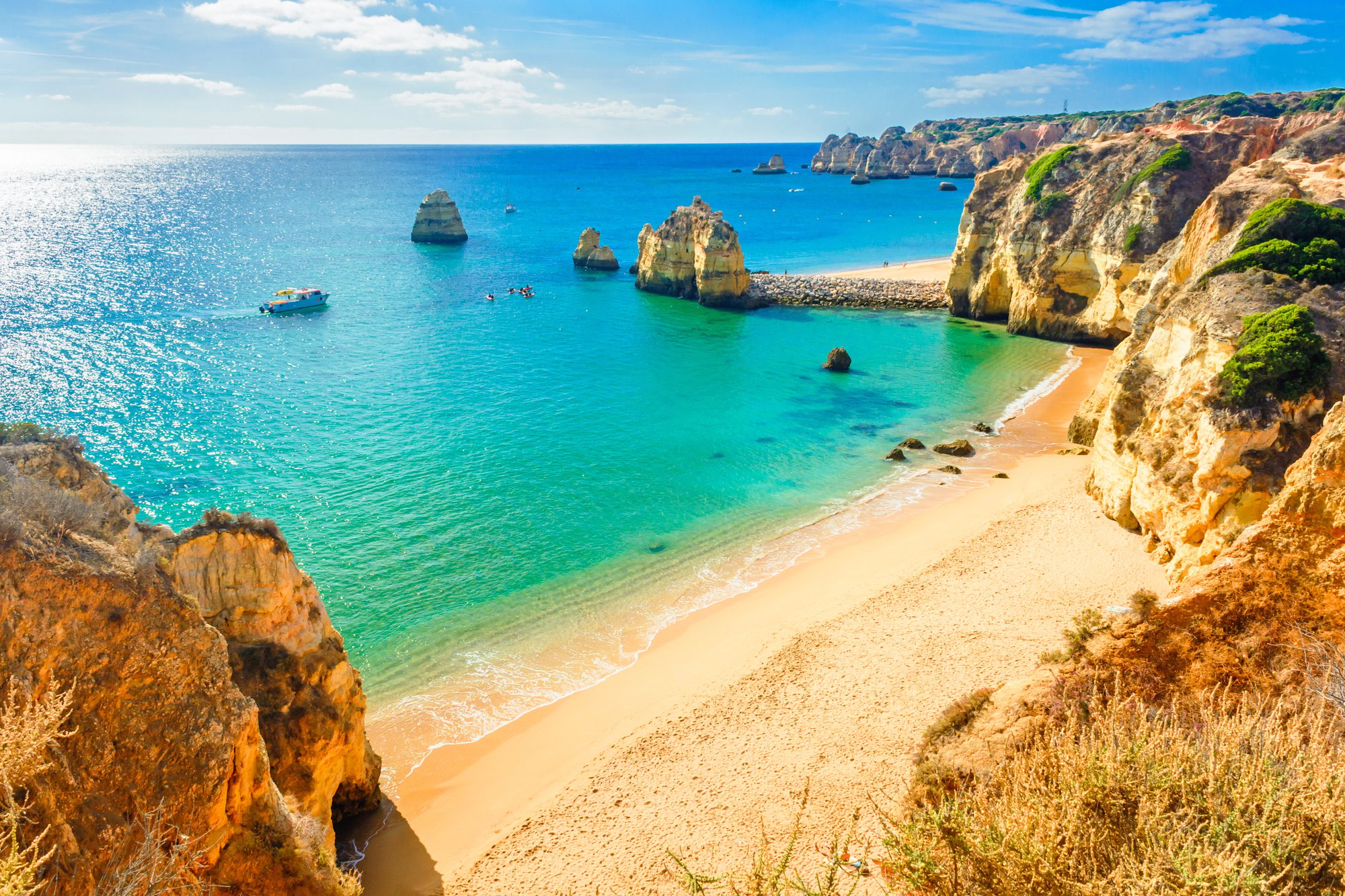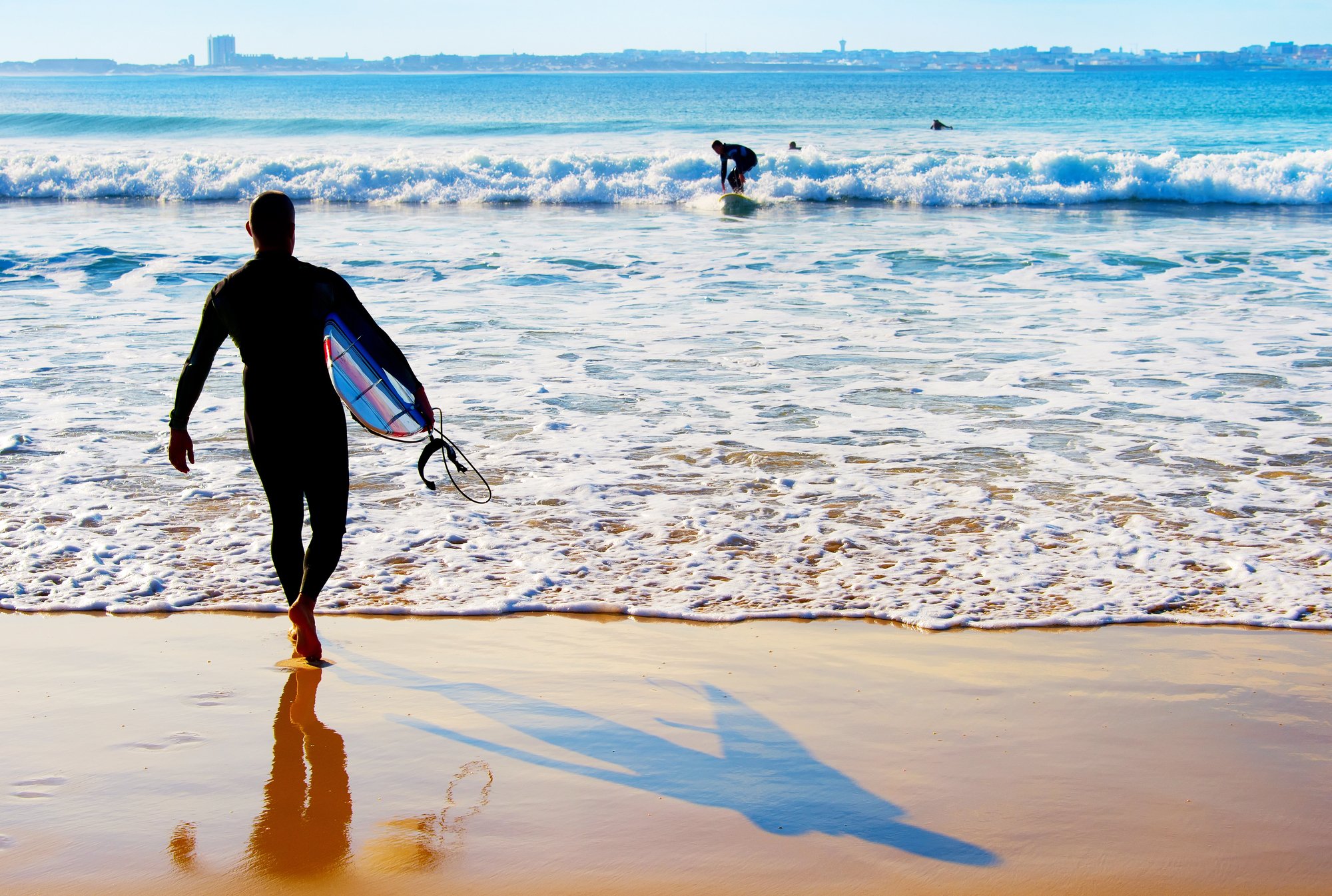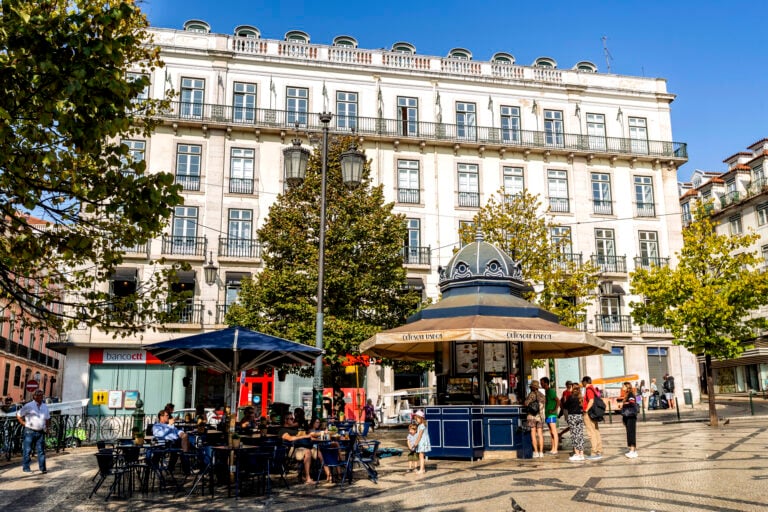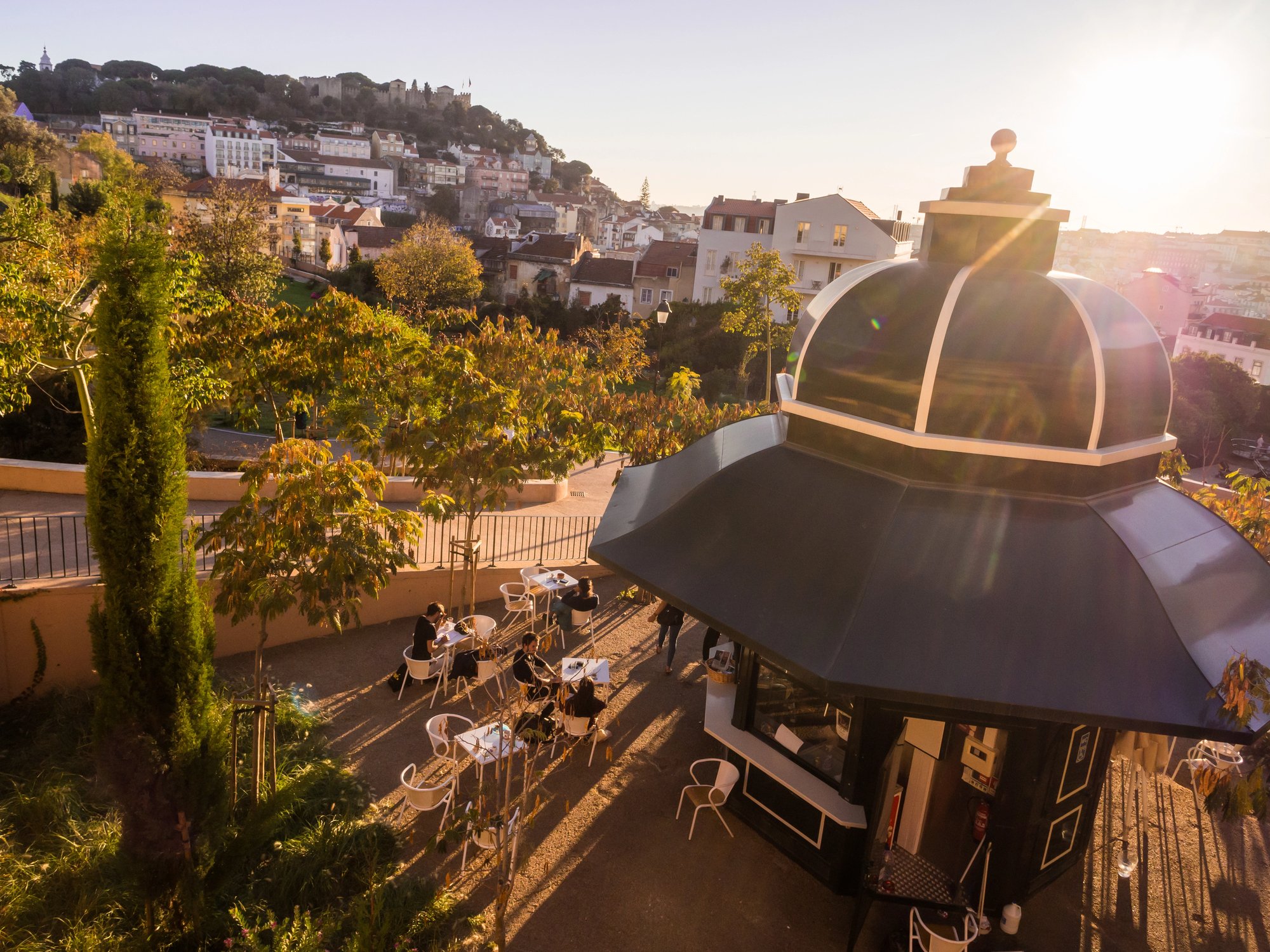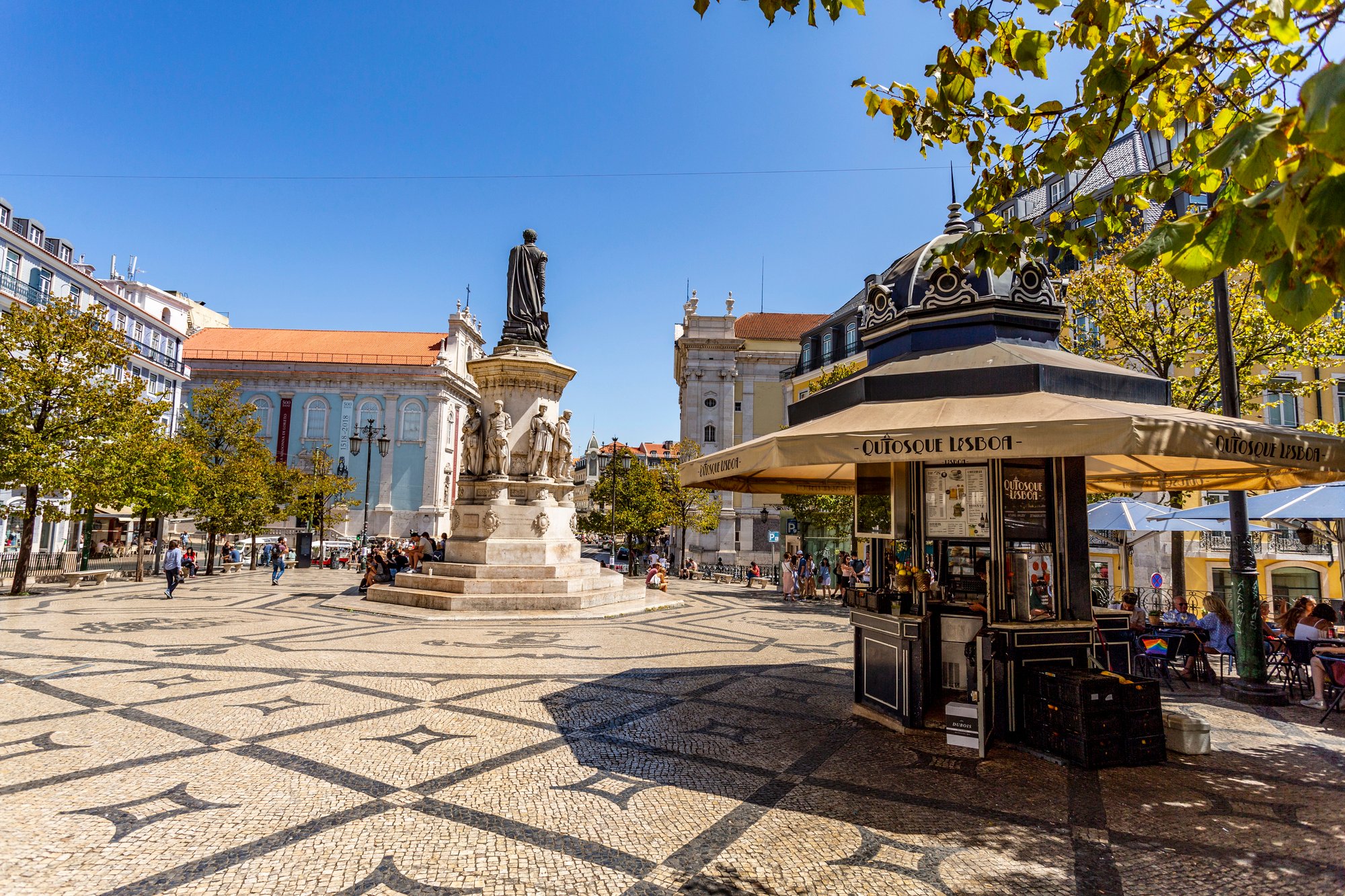1. The Results of the 2025 Portuguese Legislative Elections
Once again, AD, the coalition formed by PSD and CDS-PP, secured the highest number of votes (32.10%), an increase of 4.08%, and the most parliamentary seats (89), nine more than last year. However, AD’s victory was not strong enough to secure a majority in the Assembly of the Republic or greater government stability.
The Socialist Party (PS) came in second with 23.38%, nearly 5% less than in 2024, which translates to almost 420,000 fewer votes and only 58 parliamentary seats – 20 fewer. This is the Socialist Party’s worst electoral result since 1987, the year of Cavaco Silva’s first absolute majority, when the PS earned only 22.2% of the Portuguese vote.
On the other hand, Chega, led by André Ventura, tied with the PS in terms of elected deputies (58), but ultimately came in third with 22.56% of the vote – 50,000 fewer votes than the PS (23.38%) but 175,000 more than what it had achieved in 2024. Note, however, that the political party led by André Ventura could end up with more seats than the PS if it once again prevails in the two overseas constituencies.
Read more from our source here.
2. Portuguese Youth Voter Turnout Is Low
Youth participation in elections in Portugal continues to be marked by a lower turnout compared to older generations, with a recurring trend of high abstention rates among young voters. Despite this, there are signs of defiance against this pattern, as some young people express a strong commitment to voting, emphasizing that elections represent an important civic duty and an opportunity to influence political decisions. In this context, housing, education, health, and employment emerge as the top priorities for young people, signaling their desire for political leaders to address these issues with concrete measures.
The frequency of elections in Portugal, especially with three major elections occurring within a short span of time, has created a sense of fatigue among the electorate, particularly among young voters. While some experts acknowledge that this might lead to saturation, the repetitive electoral cycles also serve to keep young people engaged in national debates, stimulating reflection on the country’s future. Young voters see this as an opportunity to become more involved, with many insisting that their participation is a necessary step in shaping the country’s direction, despite occasional frustrations with political campaigns.
Political scientists highlight the complex relationship between youth and voting behavior, with factors such as age, life responsibilities, and campaign focus influencing participation rates. As youth are less likely to identify with traditional political forces, the rise of new parties and alternative proposals could offer a path to greater engagement in future elections. Note, however, that, despite the current trend of lower participation, there is hope that political reform and renewed enthusiasm could drive increased voter turnout among younger generations, who will ultimately shape the political landscape in years to come.
Read more from our source here.
3. President Marcelo’s Three Reflections on the Day of Reflection
President Marcelo Rebelo de Sousa urged the Portuguese to participate in the legislative elections, emphasizing that voting, at this moment, is contributing to stability and preventing long management governments. In a message from the Belém Palace, he highlighted that constitutional rules mean there will be no new elections until May 2026. Reflecting on the importance of voting, the President underscored that it is a way of giving life to key democratic values such as freedom, equality, and peace, drawing attention to the historic 1975 Constituent Assembly elections with the highest voter participation to date.
Marcelo also delivered three reflections on the current global and political context. Firstly, he stressed that voting now is crucial for maintaining stability in an increasingly unstable world. He argued that abstention would be misguided, equating it to “burying one’s head in the sand” and warned of the negative consequences of ignoring the gravity of the moment. Reflecting on the global shift, he pointed out the return of Donald Trump to power, signaling major changes in global relations and a stark contrast between the world of 2024 and 2025. This uncertainty, he said, places greater responsibility on Europeans and Portuguese citizens.
Concluding his message, the President stressed that the international economic situation remains unpredictable, emphasizing that stability and predictability are vital for the future. In the context of early elections, Marcelo reminded voters that the legislature cannot be dissolved within six months of its election or in the last semester of the President’s term, which ends in March 2026.
Read more from our source here.
4. U.S. Confirms End of Restrictions on Portugal for Buying AI Chips
The U.S. Department of Commerce has officially confirmed the revocation of restrictions on the exports of artificial intelligence (AI) chips that had relegated Portugal to a second-tier category. These measures, implemented in the final days of the Biden Administration, were set to take effect on May 15, 2025, and posed a highly detrimental risk for Portugal by imposing limits on the purchase of critical components. In contrast, countries such as Spain, France, and Italy were included on a list of 18 “allies” exempt from such limitations, particularly regarding the purchase of essential chips.
In a public statement, the Bureau of Industry and Security (BIS) said that the AI Export Control Framework would have harmed American innovation, overburdened companies with onerous new regulatory obligations, and damaged the U.S.’s diplomatic relations with dozens of countries by downgrading them to second-tier status. The BIS confirmed it will issue a replacement rule in the future, though it offered no further details. According to Jeffery Kessler, the Assistant Secretary for Industry and Security, the Trump Administration will embrace a bold and inclusive strategy for American AI technology, partnering with trusted foreign countries and rejecting the Biden Administration’s “poorly designed and counterproductive AI policies.”
Even though the restrictions never came into force, the policy’s anticipated impact has already begun to affect economic behavior. For example, Spanish company Merlin Properties chose to divert part of its investment from Portugal to Spain, citing the U.S. restrictions as justification. The move concerned a new data center being built in Vila Franca de Xira, and serves as a clear example of how international tech regulation (even before implementation) can reshape cross-border investment, influence corporate strategy, and carry consequences for AI infrastructure development in smaller allied nations like Portugal.
Read more from our source here.
5. New Portuguese System Has Already Removed 530,000 People from the Social Security Counter
The current relationship between Social Security and individuals or companies is described as heavy, complex, and lacking agility, with millions still relying on in-person services. Luís Farrajota, president of the Social Security Institute’s IT department, explains that 6.5 million people visited counters in 2024 for tasks like payments, obtaining identification numbers, and clarifications about pensions, a system that no longer meets the needs of society. Aiming for transformation, the government launched the “People First” program with 110 measures, focusing on reducing in-person visits by 2 million by the end of 2025, offering services such as digital payment options and online declarations.
By implementing digital solutions, such as extending payment document validity and offering new methods like bank transfers and MB Way, 530,000 people were already removed from counters by mid-May. Farrajota emphasizes that, beyond digitalizing payments, the program focuses on making tasks like retrieving NISS and pension status more accessible, and introducing biometric verification. As part of this ongoing transformation, a unified Social Security portal will be launched in July, replacing outdated systems to create a more intuitive, user-friendly experience for citizens and businesses alike.
The digitalization process is also focused on incorporating artificial intelligence (AI) to streamline administrative tasks and improve service efficiency. With new features like virtual assistants and robots for handling invoices, Farrajota envisions a future where artificial intelligence helps Social Security manage its resources better and offers smarter, automated services. With a goal of reducing in-person visits and enhancing the experience for both people and businesses, the upcoming changes reflect a broader ambition to create a more efficient and digitally inclusive Social Security system, ultimately delivering a better, faster service to millions.
Read more from our source here.
6. Sporting Crowned Back-to-Back Portuguese Champions, 71 Years Later
Sporting has been crowned Portuguese football champion once again, becoming back-to-back champions for the first time in 71 years. With a 2–0 victory over Vitória de Guimarães at Estádio José Alvalade, the team secured 82 points in the 34th and final matchday of the season.
Under the leadership of manager Rui Borges, Sporting concluded the 91st edition of the Primeira Liga with their third title in five years, reclaiming dominance in Portuguese football. The club depended only on itself and delivered, while Benfica, needing to outperform them, drew 1–1 in Braga and ended the campaign two points behind. Despite playing with a numerical advantage from the 66th minute, Benfica failed to overcome Sporting de Braga.
With this result, Benfica finishes in second place with 80 points, while Braga ends the season in fourth, overtaken by FC Porto. The night belonged to Sporting, whose combination of clinical finishing, individual brilliance, and consistent performance led them to a historic bi-championship, putting an end to a 71-year wait for consecutive national titles.
Read more from our source here.
7. From Harvard to Baseball: Who Are the New Shareholders of Benfica SAD?
The American investment firm Lenore Sports Partners (LSP), co-managed by Jean-Marc Chapus and Elliot Holton Hayes, has acquired 5.24% of Benfica SAD, becoming its third-largest shareholder, behind the club itself and José António dos Santos. The stake was built through the purchase at auction of seized shares from Luís Filipe Vieira and further acquisitions on the stock exchange, via a Scottish-registered vehicle controlled by a Delaware-based holding. LSP presents itself as a firm specialized in sports assets, blending finance, real estate, media, and marketing, and claims to be a productive partner, with no intention of interfering in sporting decisions.
Chapus and Hayes, both Harvard graduates, have experience in private equity, structured finance, and the internationalization of sports brands. Their track record includes the acquisition of OGC Nice, financial involvement with the Milwaukee Brewers, and links to Norwich City through Mark Attanasio, co-founder of Crescent Capital. Other key investors, Omar Imtiaz and Alex Pomeroy, add to the global reach, with backgrounds in real estate, sovereign investment, tourism, and socially responsible finance. The new shareholders aim to enhance revenue, support the club’s international growth, and build synergies with other assets in the LSP network.
Despite their promises to respect Benfica’s founding values, the transaction has triggered legal challenges and controversy. Sport Lisboa e Benfica, the majority shareholder, has filed for nullification of the Vieira share sale, citing lack of notification on the right of first refusal and concerns over statutory compliance. Note that, as foreign capital flows into the club amid silence from its new partners, Benfica’s future is being shaped not only on the pitch, but also in the backrooms of global finance, where each move could impact the club’s sustainability, governance, and prestige.
Read more from our source here.
8. After the Stars, The Keys: Portugal Has 55 Hotels With Michelin Keys
Michelin has expanded its prestigious recognition to the hotel industry in Portugal, awarding a total of 55 hotels with keys for excellence. The highest distinction, three keys, was granted to Vila Vita Parc in Porches and Penha Longa in Sintra, marking them as two of the most extraordinary hotels in the world. The Michelin Guide, having already established its restaurant awards in Portugal, now brings its expertise to the hospitality sector, offering a selection of hotels “destined for the trip of a lifetime.” With the aim to help travelers find the best places to stay, the guide defines these top hotels as true gems, known for their exceptional service, unique character, and lasting memories.
Alongside the two three-key winners, Portugal boasts 13 hotels with two keys, including well-known names like the Ritz in Lisbon and Six Senses Douro Valley in Lamego, along with 40 hotels earning one key. These distinctions reflect a growing ambition in the hospitality sector to offer remarkable experiences, aligning with the guide’s commitment to offering travelers solid, verified advice. The Michelin keys have quickly become a symbol of quality, with hotels meeting high standards for design, service, and individuality. In Madeira and the Azores, for instance, a select number of hotels have also earned Michelin recognition, further elevating Portugal’s reputation in the global hotel industry.
Note that, this new initiative, launched in 2023, aims to provide travelers with carefully selected destinations that ensure top-notch stays, echoing the same level of excellence Michelin has long upheld for restaurants. Elizabeth Boucher, director of Michelin’s external relations, emphasized that the keys are the gateway to truly exceptional experiences. With the expansion into hotel recognition, Michelin’s influence grows, positioning it as a leading force in both the culinary and tourism industries.
Read more from our source here.
9. Lisbon’s Museum of Contemporary Art Opens in June to Showcase the City Hall’s Collection
Lisbon’s Museum of Contemporary Art, set to open on June 26, will showcase around 150 works from the City Hall’s Contemporary Art Collection. Located in the Avenida da Índia Gallery in Belém, the museum aims to highlight pieces acquired at art fairs like ARCOlisboa and Drawing Room, with a focus on emerging national and international artists. The City Hall allocates a budget of 150,000 euros annually for these acquisitions, contributing to a growing collection intended to enhance Lisbon’s cultural offerings.
The Museum will serve as a key part of a broader vision to strengthen the cultural axis between Baixa and Belém, with Mayor Carlos Moedas aiming to create new cultural clusters beyond central areas. Although the name is not fully confirmed, the Museum of Contemporary Art of Lisbon is currently the most likely designation. In addition to its permanent collection, the museum will complement other nearby cultural spaces, including the upcoming Julião Sarmento Pavilion, which will house a private collection of 1,500 pieces from renowned national and international artists.
Meanwhile, the ongoing development of Lisbon’s cultural landscape includes other key projects. The Design Museum’s integration into EGEAC, Lisbon’s municipal management network, is under discussion to ensure greater flexibility and autonomy. Additionally, the Memorial to Enslaved People, a long-delayed project, now has a proposed location at Avenida Ribeira das Naus, with the next steps depending on discussions with the DJASS association.
Read more from our source here.
10. José Cid, Ana Moura, and Many More Will Bring Their Talents to the Oeiras Festivities
The Festas de Oeiras, taking place from May 30 to June 15 at the Jardim Municipal de Oeiras, promises an exciting lineup that mixes generations and musical styles. With 19 concerts, the event opens on May 30 with Matias Damásio, followed by Revenge of the 90’s on May 31. June kicks off with performances by Miguel Araújo (June 1), Mariza (June 2), Carolina de Deus (June 3), Xutos e Pontapés (June 4), Quim Barreiros (June 5), and GNR (June 6). June 7 features Batida and Bonga, followed by José Cid, while June 8 brings Van Zee and Frankieontheguitar, as well as Buba Espinho and Bandidos do Cante.
Other highlights include Padre Guilherme (June 9), Ana Moura (June 10), Papillon (June 11), Os Azeitonas (June 12), Miguel Gameiro and Polo Norte (June 13), and Ornatos Violeta (June 14). The grand finale is a performance by Tony Carreira on June 15. Moreover, it is important to consider that, this year, in addition to the star-studded musical lineup at the Jardim Municipal, the Festas de Oeiras will extend its celebrations to the Parque Urbano de Miraflores, which will also host several performances.
Alongside the music, the festivities will offer local gastronomy routes, showcasing the region’s culinary delights. The event also features artisan markets and a dedicated space for children with trampolines and carousels, making it a perfect family outing. Whether through food, music, or activities, the Festas de Oeiras provides an immersive cultural experience for all ages.
Read more from our source here.



